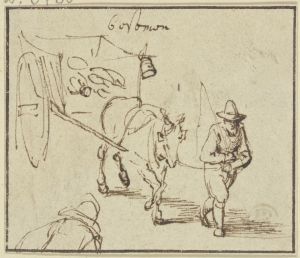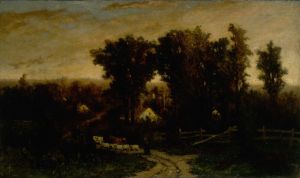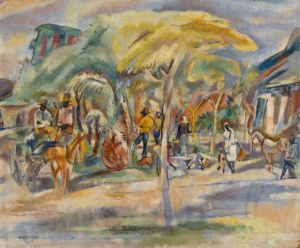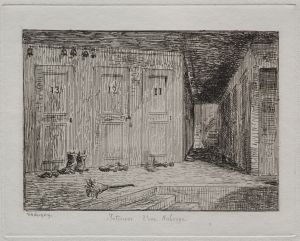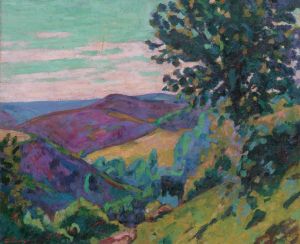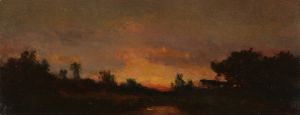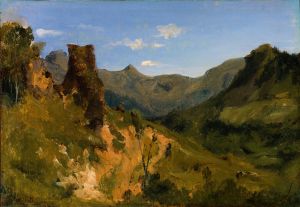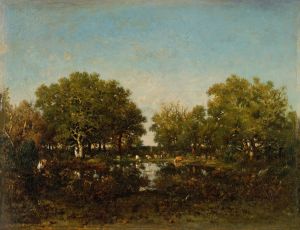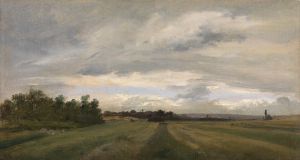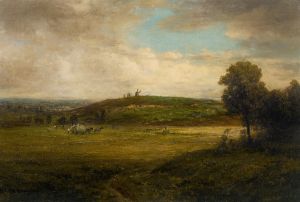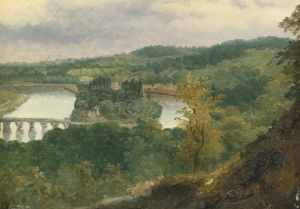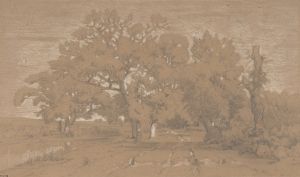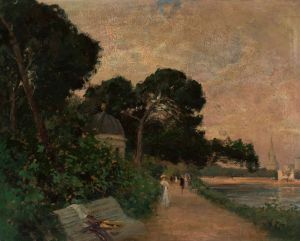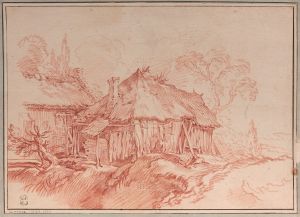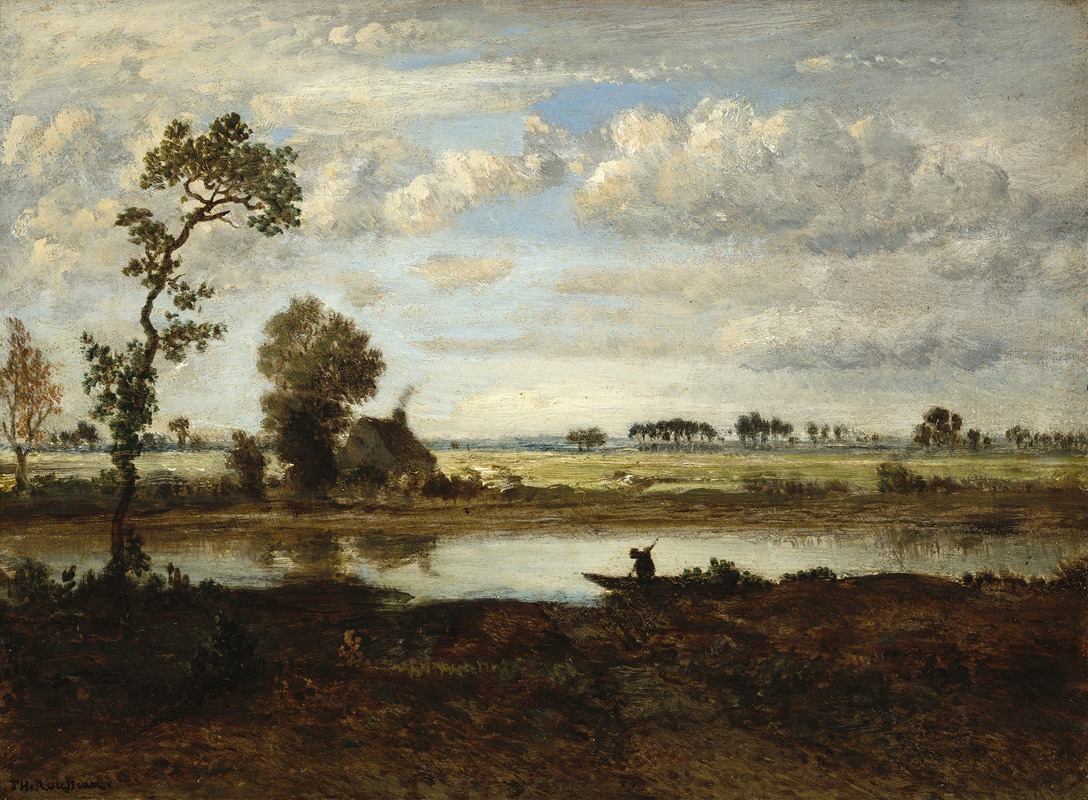
Landscape with Boatman
A hand-painted replica of Théodore Rousseau’s masterpiece Landscape with Boatman, meticulously crafted by professional artists to capture the true essence of the original. Each piece is created with museum-quality canvas and rare mineral pigments, carefully painted by experienced artists with delicate brushstrokes and rich, layered colors to perfectly recreate the texture of the original artwork. Unlike machine-printed reproductions, this hand-painted version brings the painting to life, infused with the artist’s emotions and skill in every stroke. Whether for personal collection or home decoration, it instantly elevates the artistic atmosphere of any space.
Théodore Rousseau's Landscape with Boatman is a painting by the French artist associated with the Barbizon School, a 19th-century art movement that emphasized naturalistic landscapes and rural scenes. Rousseau, born in 1812 and active until his death in 1867, was a leading figure in this movement, which sought to break away from the formalism of academic painting and instead focus on the beauty of the natural world.
The painting depicts a tranquil rural scene, featuring a lone boatman navigating a body of water surrounded by lush vegetation. Rousseau's characteristic attention to detail and his ability to capture the interplay of light and shadow are evident in this work. The composition reflects his deep connection to nature and his commitment to portraying it with authenticity and emotional resonance. The painting is an example of Rousseau's mastery in rendering atmospheric effects, particularly in the way he captures the stillness of the water and the dappled light filtering through the trees.
Rousseau was known for his meticulous approach to landscape painting, often spending long periods observing and sketching in nature before completing his works in the studio. His dedication to realism and his innovative techniques earned him recognition as one of the foremost landscape painters of his time. While Landscape with Boatman is not as widely known as some of his other works, it exemplifies the qualities that define his artistic legacy.
The exact date of the painting's creation is not documented, but it is consistent with Rousseau's mature style, which developed during the 1840s and 1850s. During this period, he frequently painted scenes inspired by the forests and countryside of France, particularly the Forest of Fontainebleau, a favorite location for many Barbizon artists. Rousseau's works often convey a sense of serenity and timelessness, qualities that are also present in Landscape with Boatman.
The painting is held in a private collection or museum, though specific details about its current location and provenance are not widely available. Like many of Rousseau's works, it reflects his influence on later generations of landscape painters and his role in the transition from Romanticism to Realism in 19th-century art.
This painting is a testament to Rousseau's ability to elevate ordinary rural scenes into works of profound beauty and emotional depth, solidifying his reputation as a pioneer of modern landscape painting.





